Role of Embedded Systems in Modern Technology
Role of Embedded Systems in Modern Technology
Introduction
In a world dominated by technology, we often encounter remarkable innovations that seamlessly blend into our daily lives. One such innovation is the embedded system. You might not be aware of it, but embedded systems are all around us, working diligently behind the scenes to make our lives more convenient and efficient. In this blog, we will delve into the world of embedded systems, unraveling their definition, functionality, and the impact they have on various aspects of our lives.
What is an Embedded System?
An embedded system refers to a computer system specifically designed to perform dedicated functions within larger systems or devices. Unlike general-purpose computers, which are versatile and cater to a wide range of applications, embedded systems are purpose-built for specific tasks. They are usually integrated into everyday objects and systems, operating inconspicuously while executing complex operations.
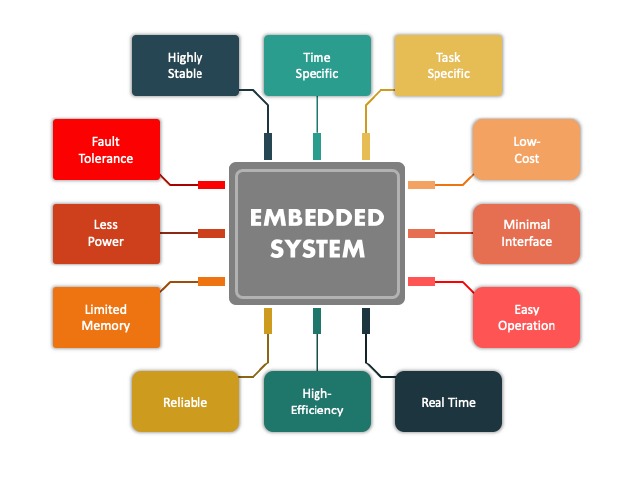
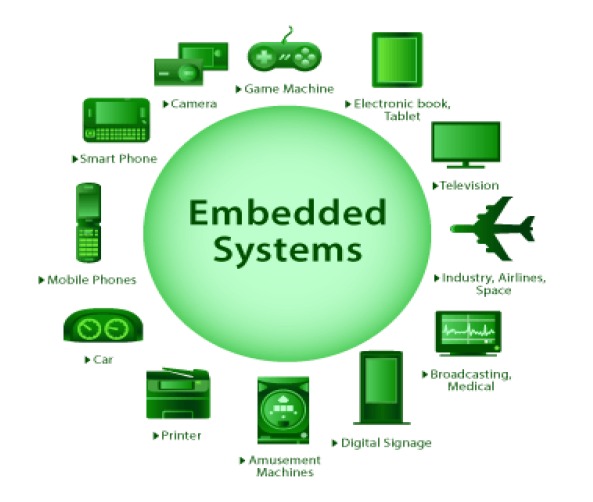
Functionality and Applications
Embedded systems are the silent heroes powering countless devices and systems we rely on. From smartphones and home appliances to automobiles, medical devices, and even space probes, embedded systems play a crucial role in their functionality. These systems are responsible for controlling and coordinating various tasks, ensuring smooth operation and enhancing user experience.
Here are a few examples of how embedded systems are utilized in different domains:
1. Impact of Embedded Systems in Automotive Industry:
Embedded systems are the driving force behind modern automobiles. They control critical functions such as engine management, anti-lock braking systems (ABS), airbag deployment, navigation systems, heads up display, back up collision sensors, navigational systems, tyre pressure monitor, climate control and entertainment interfaces. These systems ensure a safe and efficient driving experience. They form the core of a vehicle’s electronic system due to their versatility and flexibility. Now with the added advantage provided by embedded systems in vehicles, we are able to regulate the harmful gas emissions and enhance the facility to provide system monitoring features that consumers demand. Today a typical vehicle contains around 30 to 50 microcontrollers embedded within them .
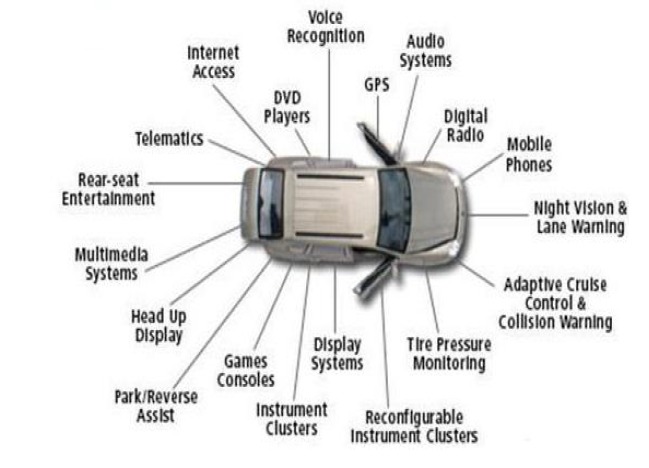
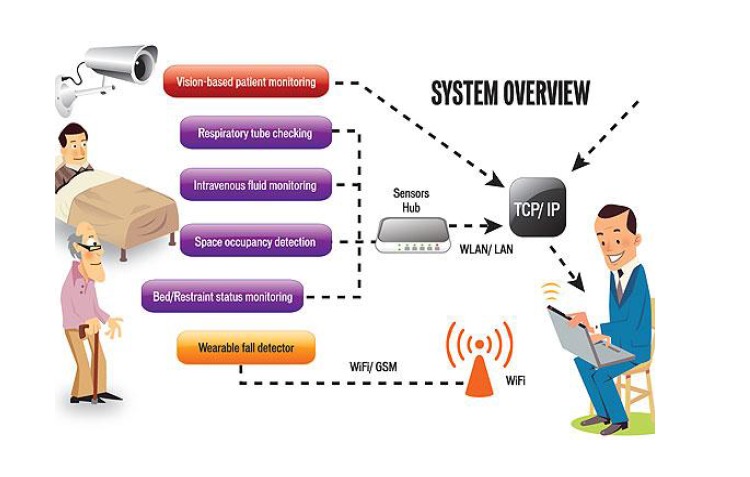
2. How has the application of Embedded Systems been beneficial for both Patients and Doctors?
In the healthcare sector, embedded systems are deployed in medical devices and equipment. From pacemakers and insulin pumps to imaging systems and patient monitoring devices, embedded systems enable accurate diagnostics, treatment, and patient care, improving overall healthcare outcomes.
Doctors are now able to diagnose emerging problems or imbalances in patients by using data examined and processed by the embedded systems. In some recent developments, embedded medical systems like pacemakers have altered the perception of cardiac health. They essentially function as mobile EKG machines and warn doctors of irregular heartbeats and provide a comprehensive report on the patient’s heart health.
3. Embedded Systems in Consumer Electronics:
Embedded systems are omnipresent in consumer electronics. Smartphones, smart TVs, gaming consoles, wearable devices, and home automation systems all rely on embedded systems to deliver seamless connectivity, intuitive interfaces, and advanced functionality. Innovations in the field of Internet of Things have made consumer’s lives sophisticated by adding convenience and personalization. For consumer electronics manufacturers, it is enabling new revenue opportunities, providing new insights into consumer usage, and bringing true interoperability with other connected consumer products.
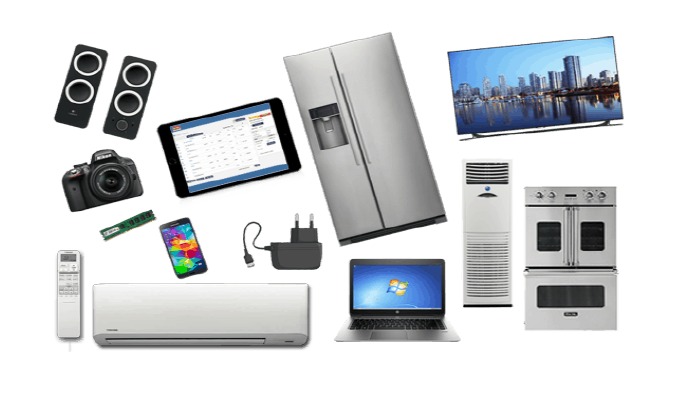
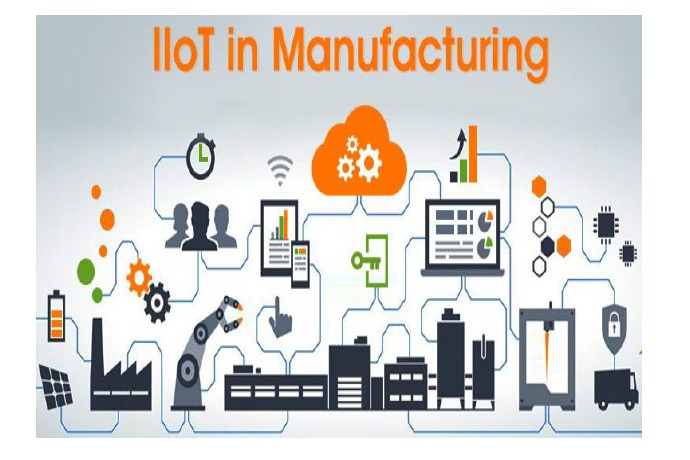
4. Embedded Systems in Industrial Automation:
In industrial settings, embedded systems control and monitor manufacturing processes, ensuring precision, efficiency, and safety. They manage machinery, handle data acquisition and analysis, and enable communication between various components, contributing to enhanced productivity and quality control. Industry 4.0 is the current trend of automation and data exchange in manufacturing technologies. Industrial automation systems leverage embedded software development capabilities to monitor the system’s condition in real-time through controlled monitoring of variables like power, flow rate, vibration, pressure, temperature, and more. It is a proactive approach to maintaining plant uptime/reliability; reduce production losses and maintenance costs. Industrial embedded systems can perform machine monitoring to help improve productivity, optimize equipment capabilities and measure performance.
Future of Embedded Systems:
As technology continues to advance, the realm of embedded systems holds tremendous potential for further innovation. Here are a few exciting trends that are shaping the future of embedded systems:
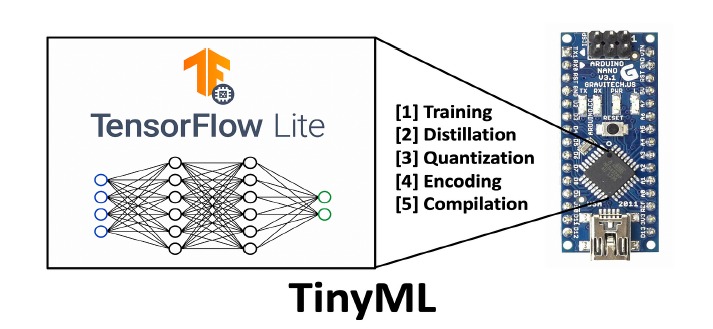
1. Internet of Things (IoT) Integration:
The integration of embedded systems with the IoT is revolutionizing connectivity and data exchange. Embedded systems are becoming key players in the interconnected network of smart devices, enabling seamless communication and automation across various domains.
2. Artificial Intelligence (AI) & Machine Learning (ML):
The integration of AI and ML capabilities within embedded systems is unlocking new possibilities. These systems can now analyze data, adapt to changing conditions, and make intelligent decisions in real-time, leading to enhanced performance, energy efficiency, and predictive capabilities.
3. Edge Computing:
Embedded systems are becoming increasingly powerful, enabling complex computing tasks to be performed at the edge of networks. This decentralized approach reduces latency, improves reliability, and enhances security by processing and analyzing data locally. The result is that today, processors capable of delivering many trillions of operations per second (TOPS) are not required to perform ML. In an increasing number of cases, the latest microcontrollers, some with embedded ML accelerators, can bring ML to edge devices. Not only can these devices perform ML, they can do it well, at low cost, with very low power consumption, connecting to the cloud only when absolutely necessary. In short, microcontrollers with integrated ML accelerators represent the next step in bringing computing to sensors such as microphones, cameras, and those monitoring environmental conditions, that generate the data upon which all the benefits of IoT are realized.
Conclusion
Embedded systems, the unsung heroes of modern technology, have seamlessly integrated themselves into our lives, revolutionizing various industries and enhancing our daily experiences. From automobiles and healthcare to consumer electronics and industrial automation, these invisible powerhouses are the driving force behind countless innovations. As we move towards a more connected and technologically advanced future, the potential for embedded systems to further transform our lives is boundless. So, the next time you encounter a device or system that functions flawlessly, take a moment to appreciate the embedded system silently working behind the scenes, making the magic happen.
